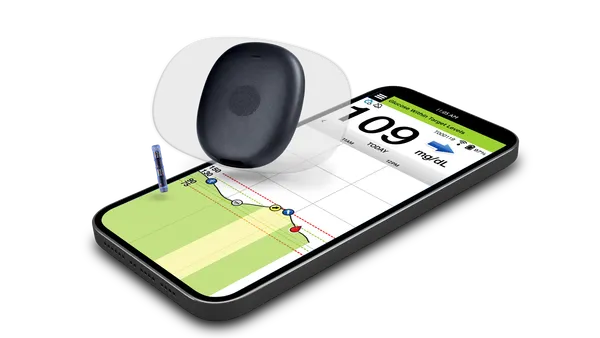Dive Brief:
- FDA's device center is pushing to formally launch the first version of its precertification pilot program by the end of the year, Commissioner Scott Gottlieb told the industry Health Datapalooza conference Thursday.
- The pilot, aimed at reducing certification checkpoints for software companies for low-risk software-based medical devices, was announced last year. Nine companies were selected to take part, including Apple, Fitbit and Johnson & Johnson.
- The agency published the first draft working model for the program Thursday, which Gottlieb says provides a vision and spells out the next steps to expand it.
Dive Insight:
The working model, deemed "Pre Cert 1.0," is the first of several iterations, according to Gottlieb. The commissioner emphasized that continued input from developers, patients, providers, and members of the public is necessary for the program's success. Once the first version of the program is in place, it will continue to be refined in 2019.
"The goal of this program is to develop a tailored and pragmatic framework that trusts the excellence of organizations, but also continually verifies the safety, effectiveness, and performance of software as a medical device," Gottlieb said.
Brad Thompson, a medical device attorney at Epstein Becker Green, tells Healthcare Dive that the working model lays out what is effectively a trade between FDA and industry.
"FDA is proposing an expedited path to market, and in fact for some low risk software products an exemption from premarket review, in exchange for enlarging the agency’s authority," Thompson wrote in an email. "Historically we’ve given FDA much greater power over the premarket decision, and much less power over the postmarket evaluation."
FDA is proposing two levels of precertification:
- Level 1 Pre-Cert for companies that demonstrate the culture, processes and systems to create safe and effective software, but do not have experience marketing and maintaining software as a medical device.
- Level 2 Pre-Cert for those companies that show the ability to create safe and effective software and have a demonstrated track record delivering software as a medical device.
The working model states that once FDA determines the elements of the precertification program, it "will then consider appropriate mechanisms for establishing the program, including FDA's current statutory and regulatory authorities."
Thompson raised concern that FDA is overstepping its authority.
"At a couple different places in its proposal, FDA says that its plan is to develop the ideal program without worrying about legal authority, whether regulatory or statutory," Thompson wrote. "Presumably FDA wants to come up with this perfect program and then present it to Congress and others as requiring authorizing legislation. And apparently FDA doesn’t want people like me to complain about lack of legal authority during the design process for the program."
In the working model, FDA is asking for input on a number of questions, including how the agency should ensure that patient safety expectations are met by the expedited review process, how to best use real-world performance data surveillance to support safety and effectiveness and what risk framework FDA should use to determine if an adverse event should result in the loss of precertification status.
FDA is seeking public comment on the working model by May 31.













